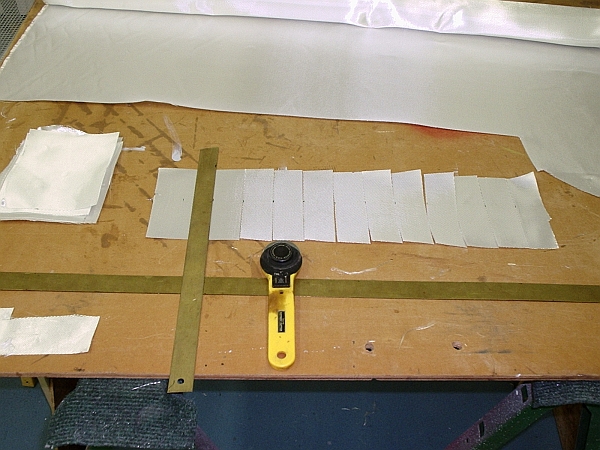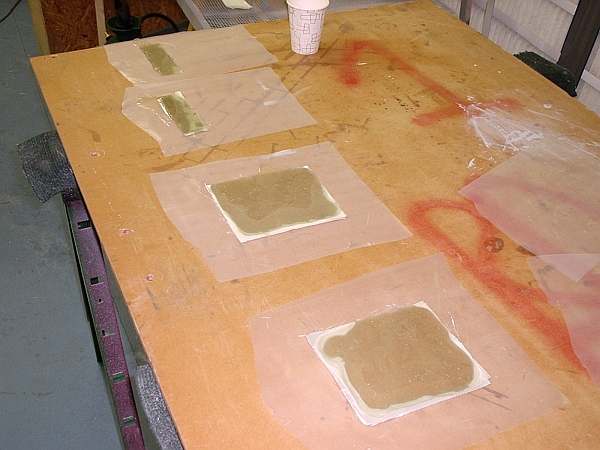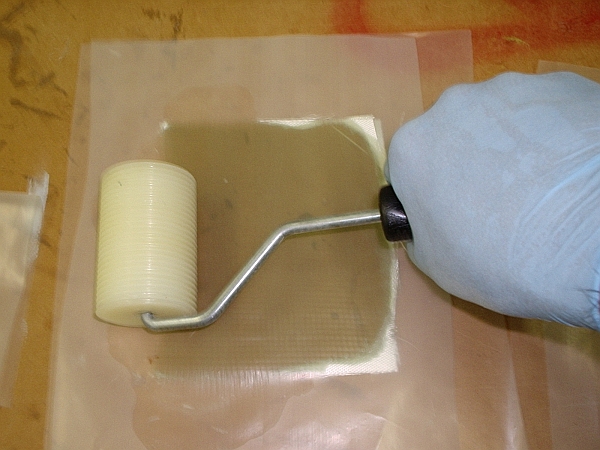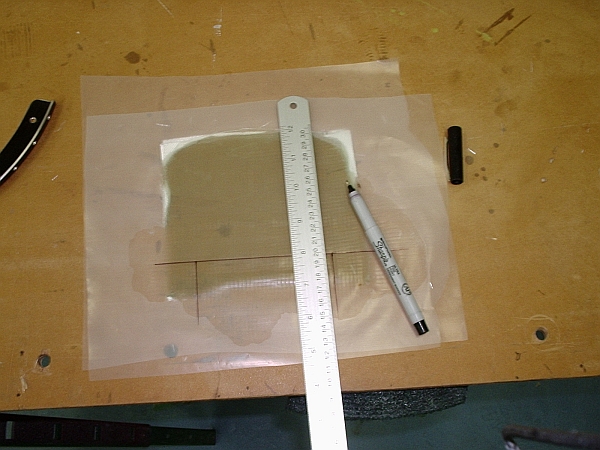Both of my 9A's main gear pants have cracks, but the situation is bad enough on the right pant that my A&P said I need to repair or replace the right one. As a fiberglass newbie (not a builder), I've started reading the fiberglass guides and walkthroughs here on the forum but would welcome thoughts on what the general strategy should be in this case.
Here's the view from the outside - the crack above the top hole is not all the way through, but the bottom crack is:

Here are two views on the inside - the second one is fairly straight on:


Here's the view from the outside - the crack above the top hole is not all the way through, but the bottom crack is:

Here are two views on the inside - the second one is fairly straight on:













